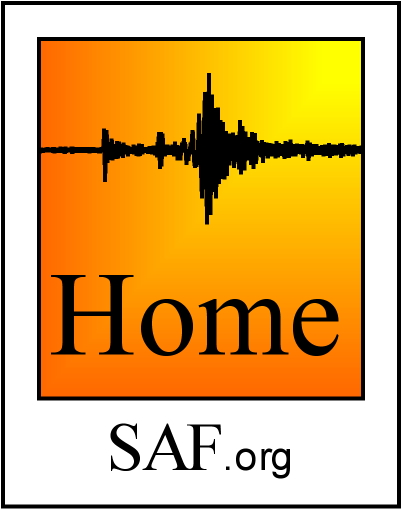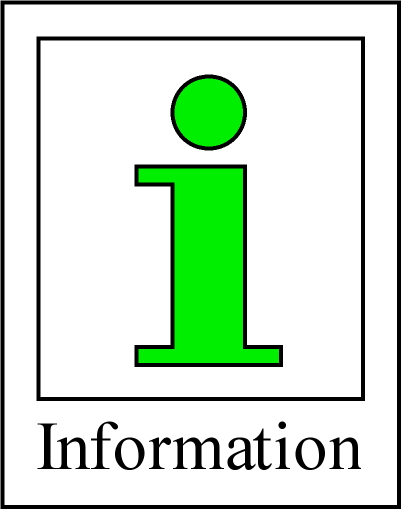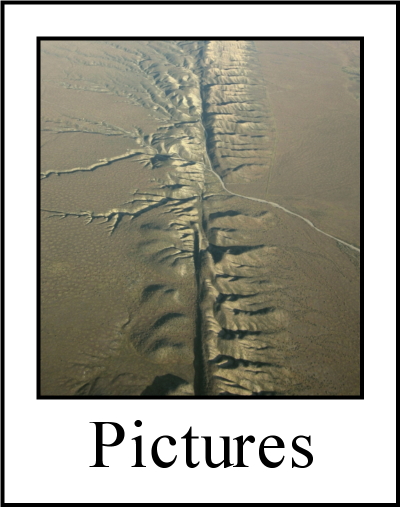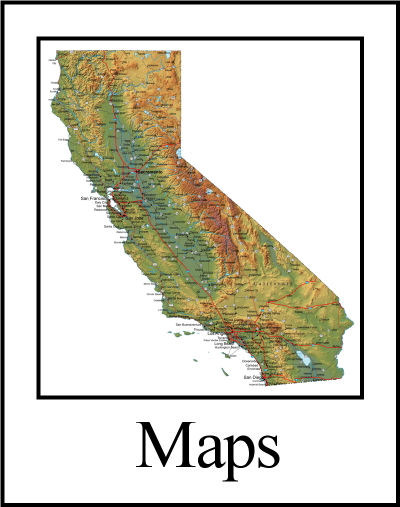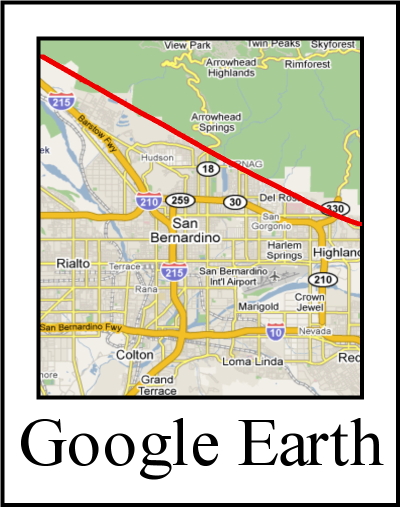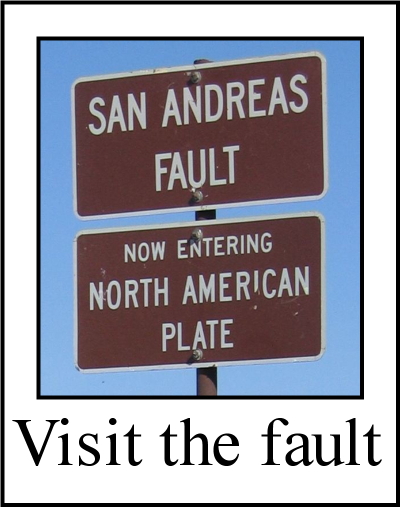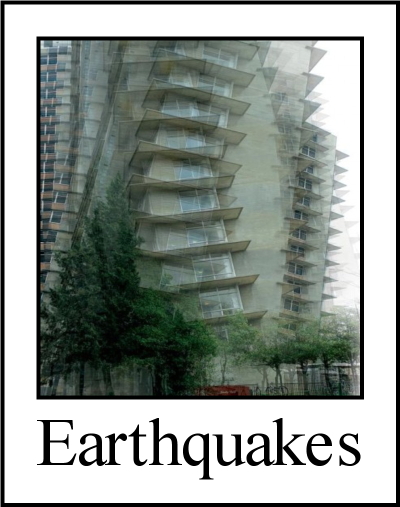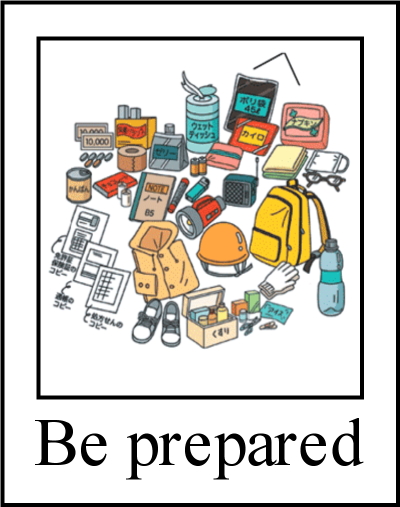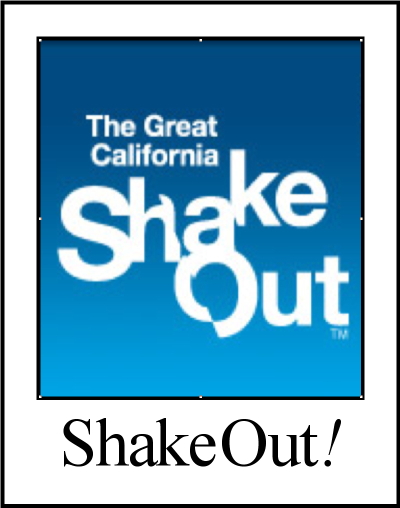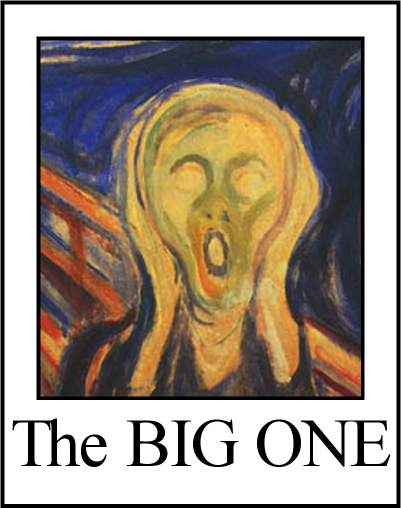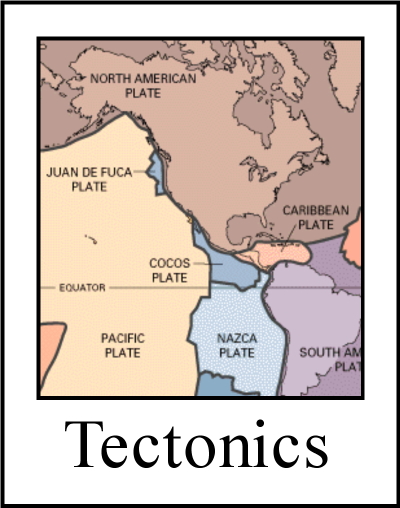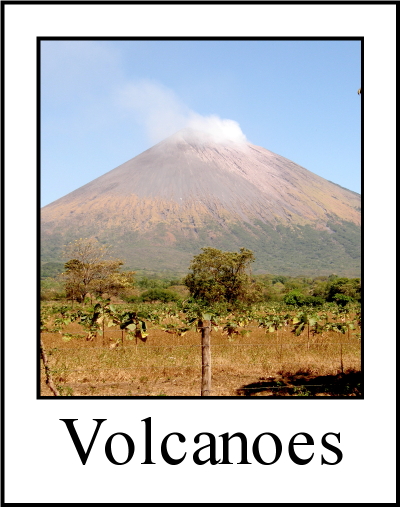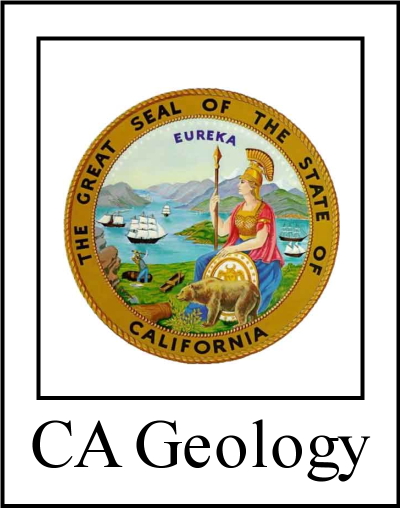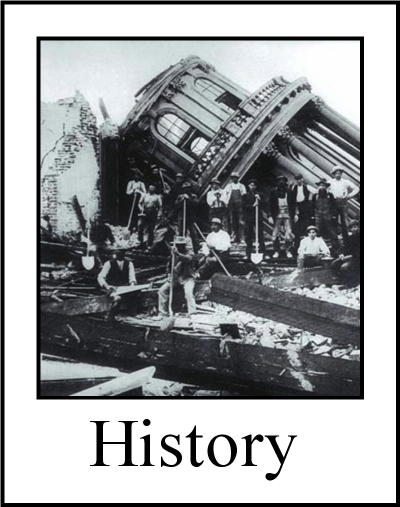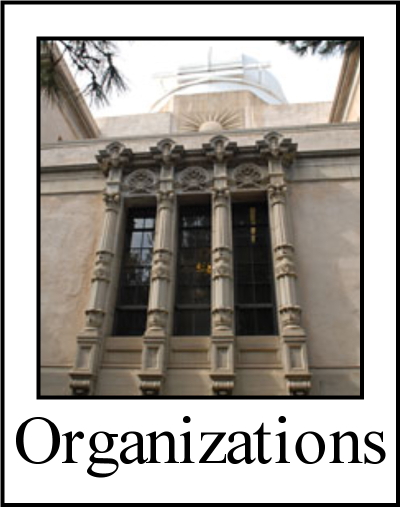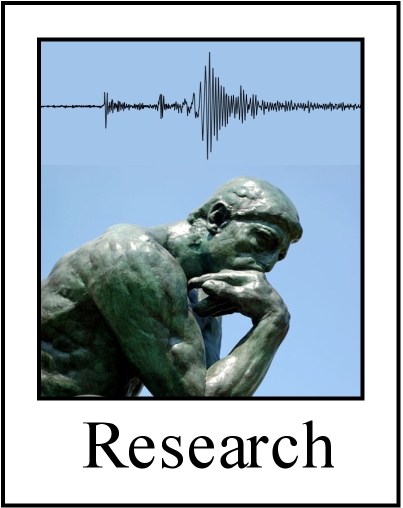Home Information Pictures Maps Google Map Visit the fault Earthquakes Be Prepared ShakeOut! Feel it?
Big One Tectonics Volcanoes California geology History Myths Organizations Links About Research

The San Andreas fault's nick name is "SAF".
Tsunamis
Images from the 2004 Indian Ocean tsunami
|
|
The Indian Ocean tsunami of 26 Dec 2004 was produced by an earthquake along a subduction zone where the Burma plate overides the Indian plate. The 2011 Yohoku earthquake caused a devastating tsunami where the Pacific Plate is subducting under the Eurasian plate near Japan. The SAF is unlikely to produce tsunamis. This is because it is mostly on land and because it is a transform fault, the motion between plates being largely horizontal. Tsunami's are produced by vertical motions at an underwater fault and these are almost always associated with subduction zones. However, earthquakes in the Mendocino Fracture Zone and the Cascadia Subduction Zone have produced damaging tsunamis in California and Oregon. California is also vulnerable to tsunamis caused in the Pacific ocean. Many of the edges of the Pacific plate terminate in subduction zones. Alaska is a source of tsunamis, as are the west coast of Mexico, central and south America and Japan. In California, only a few low lying coastal regions are in danger from tsunamis. But of course, the larger the tsunami, the farther inland it will reach. |
More About Tsunamis
Recent tsunamis
Latest tsunami news
Tsunami videos
(Note: Not all videos called "tsunami" are true tsunamis, some are just big waves.)
March 11, 2011
Various videos, some showing the tsunami.
Tsunami at Sendai Airport.
Tsunami destroying neighborhood.
Tsunami in harbors and canals.
Good long video of tsunami.
March 11, 2011 Tsunami in Japan
March 11, 2011 Tsunami at Crescent City - note the gradual rise, not a devastating wave.
(WHOI) Excellent informational video about tsunamis
Indian Ocean tsunami videos
USGS tsunami website
USGS Surviving a tsunami
NOAA tsunami website
NOAA tsunami brochure
NOAA Pacific Tsunami Warning Center
Another NOAA tsunami website
U. Washington tsunami information
CDC tsunami website
U. Southern California's Tsunami Research Center
Stephen Nelson's Tsunami page
Tsunami simulation movies
CGS website about tsunamis in California
NOAA'S West Coast and Alaska Tsunami Warning Center website with many good tsunami pages
CGS tsunami inundation maps for coastal California
Please help us make this site better. Email us suggestions, pictures, links, etc. here.




 A
A 